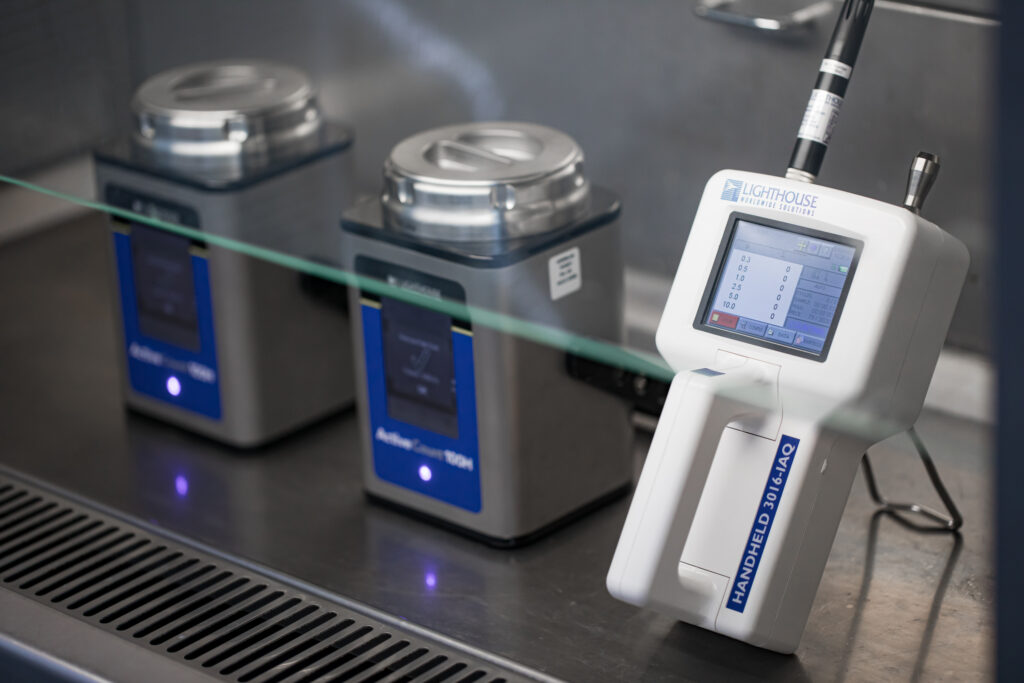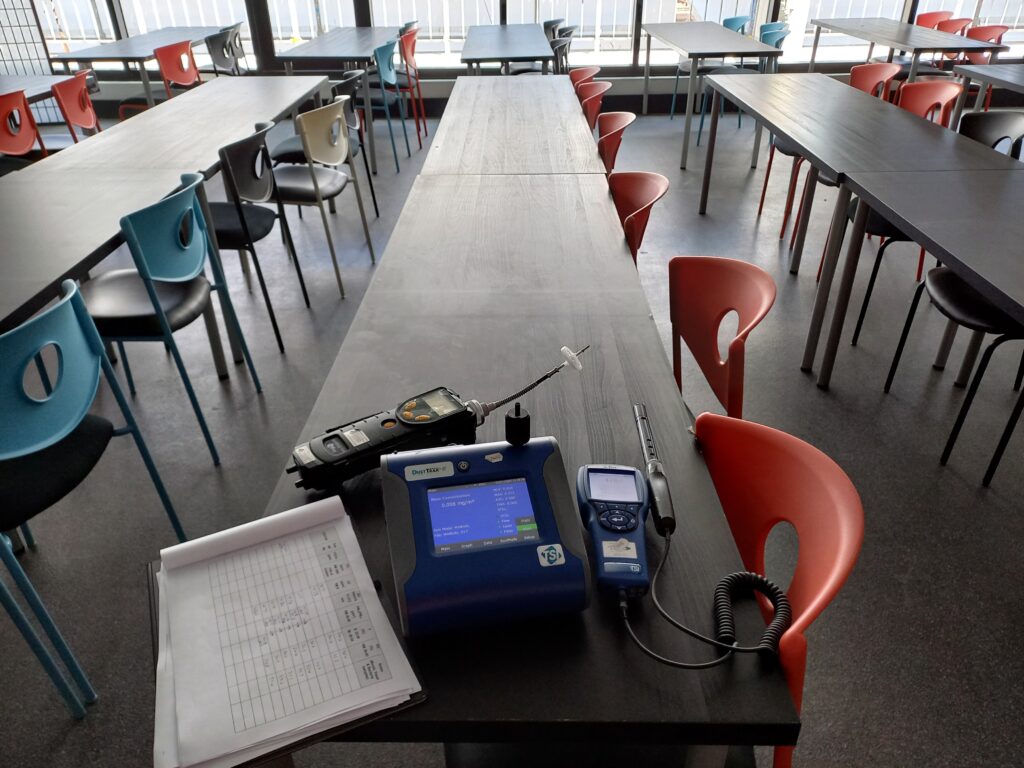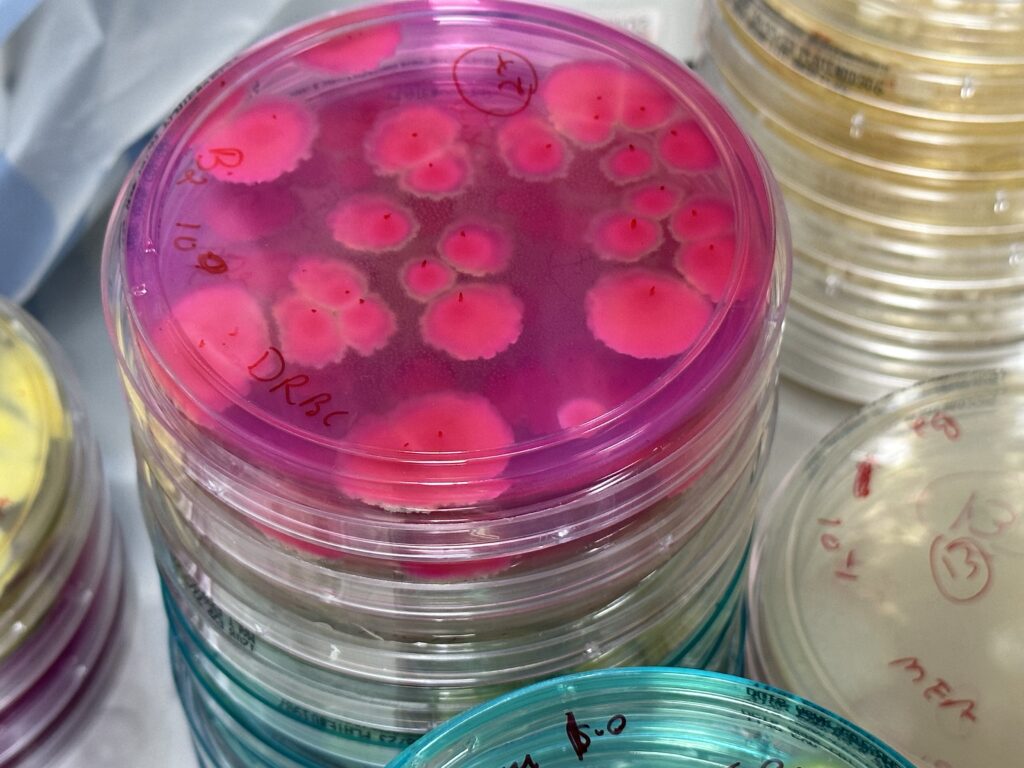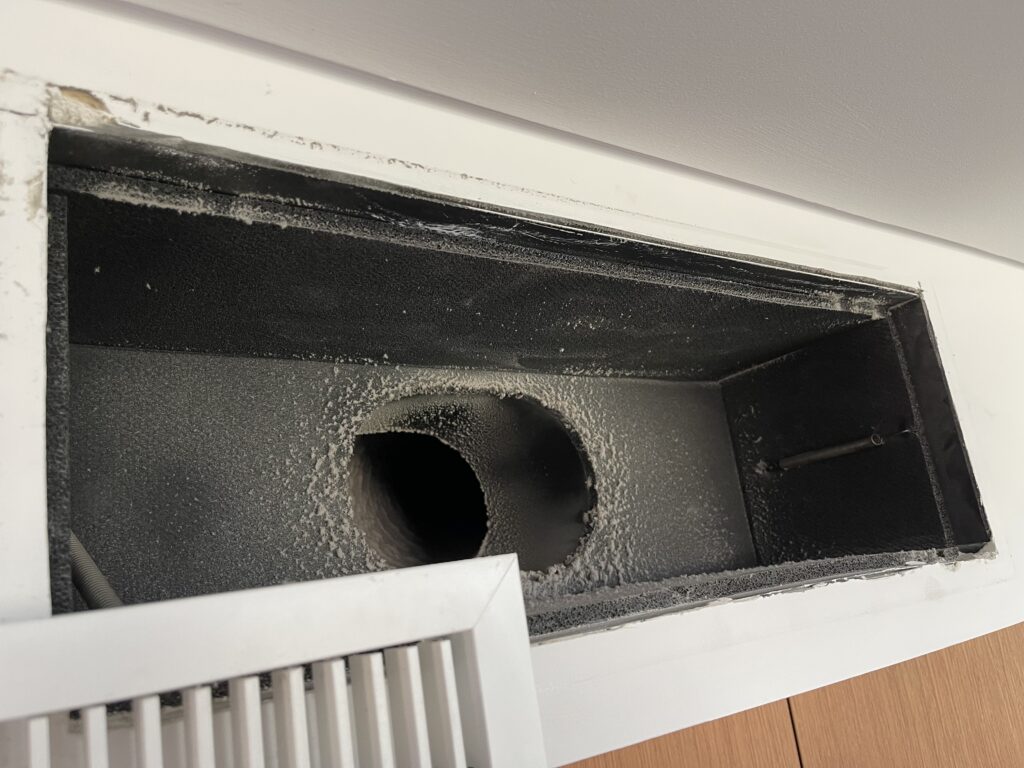Indoor Air Quality Testing & Assessment – Offices, Classrooms, Commercial, Industrial & Residential
Indoor Air Quality Testing and Assessment by Occupational Hygiene Specialists
Health Safety Consultants occupational hygienists have expertise in indoor air quality testing and detailed investigations and are well positioned to help prevent potential problems from occurring. Our occupational hygienist will identify indoor air quality problems, likely causes and ways of controlling them to minimise health and comfort concerns and maintain productivity. The indoor air quality investigation by Health Safety Consultants involves first collecting and reviewing information on the following:
- The building occupants, numbers, their locations, movements, tasks and symptoms experienced over a period of time
- The building’s air conditioning and ventilation systems, mainenance schedule and any changes to components or settings
- Odours perceived, likely contaminants and how people could be exposed.
The indoor air quality investigation will then involve the following activities:
- A walk-through inspection to check the location and physical settings of the premises, gather information on any related issues, inspect possible problem areas (eg. occupied space and ventilation system) and consult with building occupants
- Review of any documentation available regarding the reported IAQ issues
- Consultation with the person managing the maintenance and control of the air conditioning, heating and ventilation systems
- Testing indoor air quality parameters by taking measurements where appropriate; for example, air movement, air flow, temperature, relative humidity (RH), carbon dioxide, carbon monoxide, volatile organic compounds (VOCs), Formaldehyde, airborne and surface microorganisms (contamination by mould and bacteria)
- Forming an opinion on the likely causes (eg. ventilation system, allergens, dust, water ingress and mould growth, contamination from outdoor sources)
- Provide amelioration strategy to rectify the issues identified and provide scientific technical support to trade and remediation contractors
- Following corrective action, carrying out follow-up inspection and consultation to see whether the problem has resolved.
Maintaining good indoor air quality should be regarded a high priority in air-conditioned office environments. High standards of hygiene need to be employed. Filtration systems should be upgraded, regularly serviced and well-maintained.
For more information on indoor air quality essentials you may visit Australian Building Code Board (ABCB), ASHRAE, WHO and Department of the Environment & Energy websites.


Sources of Indoor Air Quality Pollutants & Identification by Air Quality Testing
Sources of indoor air pollutants include the following:
- Ineffective ventilation or inadequate for the number of people occupying a building (eg. Build-up of carbon dioxide or airborne microbials)
- Indoor sources emitting chemical contaminants – examples such as carpets emitting volatile organic compounds (VOCs) or manufactured wood furnishings emitting formaldehyde, pesticides, cleaning agents or fumes emitted from work processes, synthetic mineral fibre (SMF), carbon fibre or asbestos fibre
- Outdoor Chemical contaminants – examples such as air intake located near a source of vehicle exhaust fumes (carbon monoxide), cigarette smoke, plumbing vents or kitchen exhaust air
- Biological contaminants – e.g. mould or bacteria (which may have multiplied in damp conditions or poor maintenance (eg. Legionella)), bird droppings, cockroach allergens, mouse droppings, dust mites and pollen.
Indoor air quality problems may be perceived as more serious when there are other factors reducing occupants comfort such as:
- Work overload or underload
- Hot or cold environment
- Draughty or stuffy environment
- Ergonomic factors such as workstation design, lack of space or poor lighting
- Noise or vibration
- Nuisance odours
- Poor lighting
- Electromagnetic radiation.
Air testing using specialised and calibrated indoor air testing equipment is required to identify indoor air quality pollutants and parameters and evaluate potential indoor air quality problems.
Common Health Effects of Poor Indoor Air Quality
Health effects from indoor air pollutants may include immediate health effects, experienced soon after exposure or, long-term health effects, experienced possibly, years later.
Immediate Effects – Some health effects may show up following a single exposure or repeated exposures to a pollutant. These may include irritation of the eyes, nose, skin, and throat, headaches, dizziness, fatigue, and worsening of asthmatic condition. Individual susceptibility plays a major role in different people experiencing different symptoms at different levels of exposures. Some people can become sensitized to biological or chemical pollutants after repeated or high-level exposures.
Long-Term Effects – Other health effects may show up either years after exposure has occurred or only after long or repeated periods of exposure. These effects may include some respiratory diseases, heart disease and cancer.
While pollutants commonly found in indoor air can cause many harmful health effects, there is considerable uncertainty about what concentrations or periods of exposure are necessary to produce specific health problems. People also react very differently to exposure to indoor air pollutants.


How to Control Indoor Air Quality?
Controlling indoor air quality involves integrating three main strategies. These include:
- Managing the sources of pollutants either by removing them from the building or isolating them from people through physical barriers, air pressure relationships, or by controlling the timing of their use
- Diluting pollutants and removing them from the building through ventilation
- Using filtration to clean the air of pollutants.
